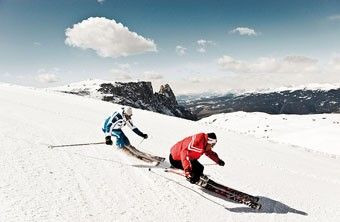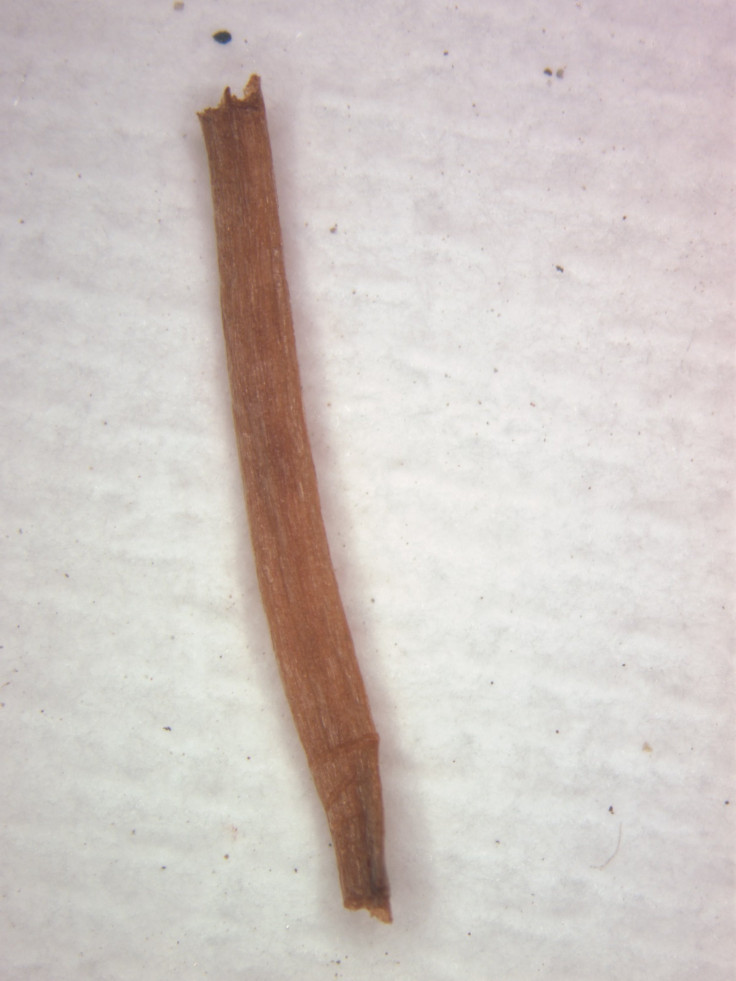Snow On Italian Alps Melting At 'Unprecedented Rate', Ohio State University Study Finds

If you've always wanted to ski the Italian Alps, perhaps you should make those plans pretty soon, as a recent study claims the snow on that mountain range is melting at an “unprecedented rate.”
A six-nation team of glaciologists, led by Ohio State University, drilled a set of ice cores above the Alto dell’Ortles glacier in northern Italy and found that, for the first time in thousands of years, the glacier had shifted from a state of constantly below-freezing to one where its upper layers were at -- note below -- a melting point.
“Our first results indicate that the current atmospheric warming at high elevation in the Alps is outside the normal cold range held for millennia,” Paolo Gabrielli, research scientist at Byrd Polar Research Center at Ohio State said. “This is consistent with the rapid, ongoing shrinking of glaciers at high elevation in this area.”
The team first drilled into the glacier in 2011 where the group discovered at a depth of 100 feet that the glacier was composed of “firn,” a grainy compacted snow that had partly melted. Underneath that, they found solid and colder ice all the way down to the frozen bedrock.
“That suggests that snow was accumulating on the mountaintop and was compacted into ice for thousands of years without ever melting — until about 30 years ago, which is when each year’s new deposit of snow began melting,” according to the study.
Researchers were able to determine that the glacier was left unchanged for a period of time because of a preserved larch leaf found wedged into the ice beyond the firn layer. They identified the leaf as belonging to Larix decidua, or the European larch.

“The leaf supports the idea that prehistoric ice is still present at the highest elevations of the region,” Gabrielli said.
Alto dell’Ortles is located in the heart of Europe, one of the most industrialized and populated areas of the world. The next step for the researchers is to investigate whether soot emitted by human activities in central and southern Europe played a role.
“Ortles offers us the unique possibility to closely verify if and how regional environmental changes can interact with climatic changes of global significance,” Gabrielli said.
The find follows a recent report by the World Meteorological Organization (WMO) that said the amount of greenhouse gases in Earth's atmosphere hit a record high in 2012, continuing an upward trend driving climate change.
The atmospheric concentrations of carbon dioxide, methane and nitrous oxide have increased to levels unprecedented in the past 800,000 years, the WMO's 5th Annual Assessment Report stated.
Since the start of the industrial era in 1750, global average CO2 has increased by 41 percent, methane by 160 percent and nitrous oxide by 20 percent, the U.N. agency stated.
CO2, the single-most-important greenhouse gas on a global scale, reached 393.1 parts per million last year, or 141 percent of pre-industrial levels before 1750. The amount in the atmosphere increased 2.2 parts per million from 2011 to 2012, which is above the average (2.02ppm) of the past 10 years.
© Copyright IBTimes 2024. All rights reserved.




















